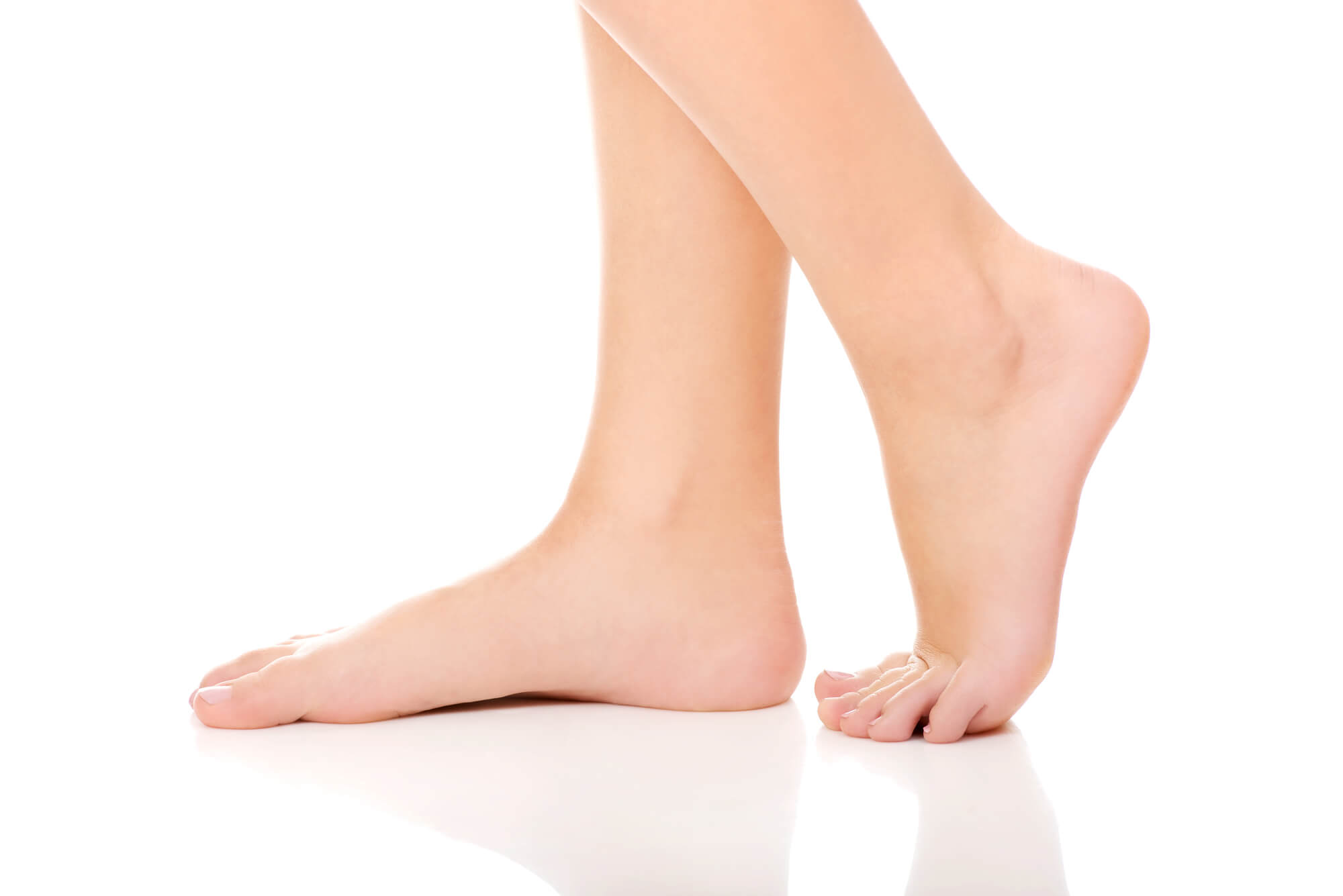Understanding Swollen Ankles After Running
Running is not just a form of exercise; it's a passion and a lifestyle for many. However, with the exhilaration of each stride comes the potential discomfort of swollen ankles after a vigorous run. This guide aims to illuminate the causes behind this common phenomenon and equip you with practical tips to manage and prevent it effectively.
Key Takeaways
- Swollen ankles after running can result from overuse, ankle sprains, fluid retention, stress fractures, venous insufficiency, and electrolyte imbalances.
- Proper running form, appropriate footwear, and a gradual increase in intensity are crucial for preventing ankle strain and reducing the risk of swelling.
- Utilizing the RICE method, wearing compression socks, incorporating calf stretches, and seeking professional help can effectively manage and prevent swollen ankles after running.
What Causes Swollen Ankles After Running?
Overuse and Overexertion
Overtraining is a common pitfall for runners, especially those who push their limits without allowing sufficient time for rest and recovery. Excessive running without proper rest can lead to micro-tears in the muscles and tendons around the ankles, triggering inflammation and swelling.
Ankle Sprains and Strains
Ankle injuries, such as sprains and strains, are prevalent among runners due to the repetitive stress on these joints. A sprain involves the stretching or tearing of ligaments, while a strain refers to the overstretching or tearing of muscles or tendons. Both can result in significant swelling and discomfort post-run.
Fluid Retention
Prolonged physical activity, especially in warm weather conditions, can cause your body to retain excess fluid, particularly in the lower extremities. This fluid buildup can accumulate around the ankles, leading to visible swelling and discomfort.
Stress Fractures
Stress fractures, tiny cracks in the bones caused by repetitive impact or overuse, can also contribute to ankle swelling. These fractures often develop gradually over time and may present with swelling and localized pain in the ankles, requiring rest and proper medical attention for healing.
Venous Insufficiency
Poor circulation in the legs and ankles, known as venous insufficiency, can result in fluid pooling in the lower extremities, exacerbating swelling, especially after physical activity. Weak or damaged veins struggle to efficiently return blood to the heart, leading to fluid retention and swelling in the ankles.
Electrolyte Imbalance
An imbalance in electrolytes, such as sodium and potassium, can disrupt the body's fluid balance and contribute to ankle swelling. Electrolytes play a crucial role in regulating hydration levels, and an imbalance can lead to fluid retention, particularly in the lower legs and ankles.

The Importance of Proper Running Techniques
Avoiding Ankle Strain
Maintaining proper running form and technique is essential for preventing excessive strain on the ankles. Avoid overstriding, which can increase the impact on your ankles, and focus on maintaining a neutral foot position to reduce the risk of injury.
Using Proper Footwear
Investing in quality running shoes that provide adequate support and cushioning can significantly reduce stress on the ankles and lower legs. Proper footwear helps absorb shock and support the arches, reducing ankle strain during running.
Gradual Increase in Intensity
Increasing your running mileage and intensity allows your body to adapt and build strength gradually, reducing the risk of overuse injuries. Sudden training volume or intensity spikes can strain the muscles and tendons around the ankles, increasing the likelihood of swelling and discomfort.
Managing Swollen Ankles
RICE Method
The RICE method—Rest, Ice, Compression, and Elevation—is a standard protocol for managing acute injuries and reducing swelling. Rest allows the body to heal, while applying ice, using compression bandages or socks, and elevating the legs above heart level can help minimize swelling and discomfort.
Compression Socks
Compression socks or sleeves provide graduated compression to improve blood circulation and reduce swelling in the ankles. By applying gentle pressure to the lower legs, compression garments help prevent fluid buildup and promote faster recovery post-run.
Calf Stretches
Incorporating calf stretches into your post-run routine can help alleviate tension in the muscles surrounding the ankles and improve flexibility. Dynamic stretches such as calf raises and toe touches promote blood flow and aid in removing metabolic waste, reducing the risk of swelling and stiffness.
Seeing a Doctor
Persistent swelling or severe pain in the ankles may indicate a more serious underlying issue that requires medical attention. A podiatrist or healthcare professional can conduct a thorough evaluation, diagnose the underlying cause of ankle swelling, and recommend appropriate treatment options, including physical therapy, medication, or other interventions.
Conclusion
Swollen ankles after running can be a frustrating setback for any runner. Still, with a better understanding of the underlying causes and proactive management strategies, you can minimize discomfort and prevent future issues. At ePodiatrists, we specialize in treating foot and ankle conditions, including swelling and pain associated with running-related injuries. Our experienced team is dedicated to helping you stay active and pain-free. Don't let ankle swelling hold you back—schedule an appointment with us today and take the first step toward healthier, happier running.

